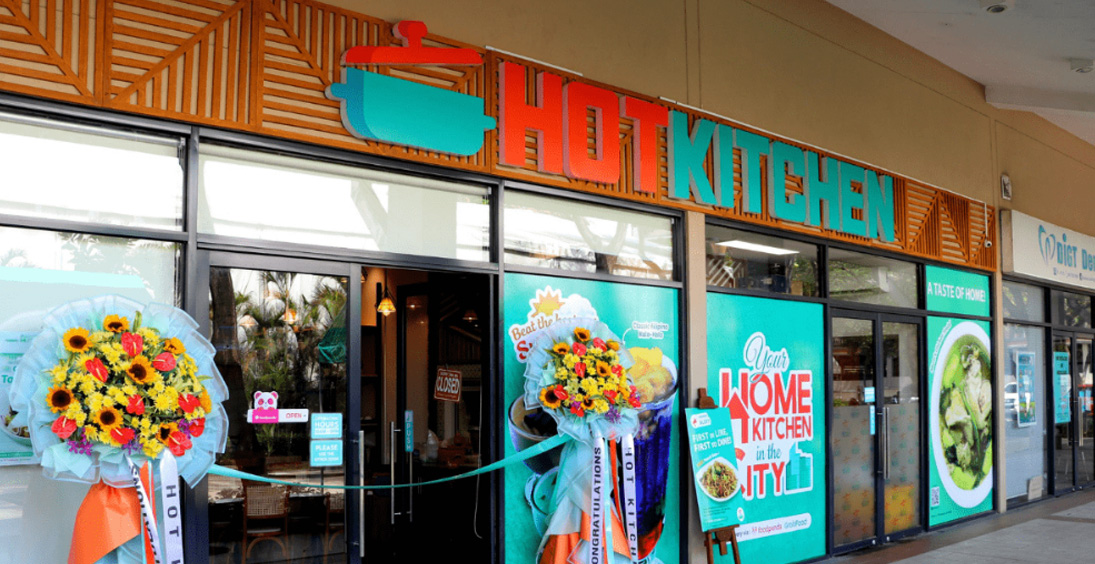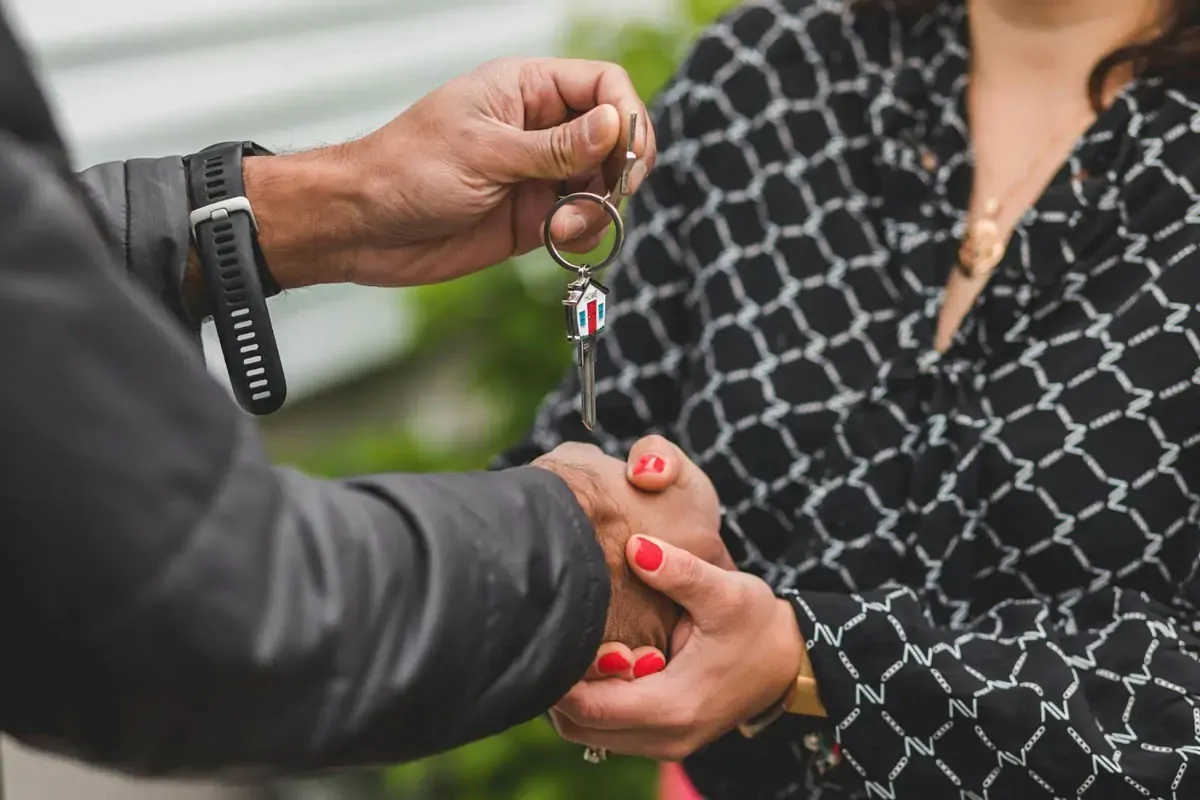November Is Child Safety Protection Month
Halloween may be over but the scaring never ends - err when it comes to your child’s safety, that is. Fortunately this month is Child Safety Protection Month and so you might want to grab a pen and paper and write these tips down.
Buckle Up
Child safety seats are a must when travelling with a child. In fact, newborns should travel in age- and size-appropriate infant seats and not on your or your spouse’s arms. Make sure to place the seat at the center back seat to prevent any injury during a crash. Children ages 12 and below are advised to sit at the back as airbags can kill them.
Emergency
Make sure your smoke detectors are working. Keep any flammable object completely out of your child’s reach or near your stove or an outlet. List down all emergency contact numbers you may need. In the event of a brownout, turn off and unplug all appliances. Place fully-supported candles away from your child’s reach and from anything flammable. Better yet, use flashlights and other battery-powered lamps instead. Latch your furniture on the wall; you never know when an earthquake will hit.
Environment
Remember to babyproof your home by installing safety latches on your drawers to prevent your child’s curiosity from putting him-/herself in harm’s way. Make sure furniture that may topple are mounted to the wall. Keep your furniture away from windows to prevent falling accidents. Cover all possible edges your child may run into and install safety gates on your stairway and rooms.
Beware of stray cords, cables, and other objects that may cause strangulation. Roll them up and store them away. Cap electrical outlets and turn off and unplug appliances immediately after use.
In the kitchen, keep knives and other sharp objects in a cabinet that can be latched. Use your stove back burners when cooking and turn the handles away from reach. Prevent choking and fire hazards by keeping the place as neat as possible.
In the bathroom, use toilet locks as young children can easily drown. Infants can drown even in 1 inch-water so never take your eyes off them. Also, the safest you can set your water heater thermostat to is 120 degrees F.
When it comes to playgrounds, choose those that have a soft landing - mulch, grass, etc. as most injuries are caused by falling. Teach your kids that shoving and pulling other kids can be dangerous. Inspect the area for any possible choking hazard and sharp object before letting them run around freely.
Food safety
Beware of foods that may pose as a choking hazard to your child. Hotdogs, hard candies, and nuts commonly cause choking among youngsters. Check the chunks as they’re only safe when the baby’s molars appear.
Make sure your child is seated and isn’t lying down or running around when eating. Provide him/her liquids in between bites and teach him/her to chew adequately before swallowing. It’s important that your child’s eating isn’t hurried.
Toy Safety
As much fun as toys are for your kids, they can also pose a threat to their safety and health so be extra careful when buying them. Always read the info. on the box and make sure they’re age-appropriate. Look out for any toxic chemical such as lead, mercury, arsenic, and cadmium as they have been found in children’s toys.
Make use of this time and double your efforts in ensuring your child’s safety and protection. Educate the rest of your family and involve them in observing these safety precautions. After all, knowledge is power. And you can only do so much to protect your child from the probable dangers of this world. It’s best to armor them as soon as now.




